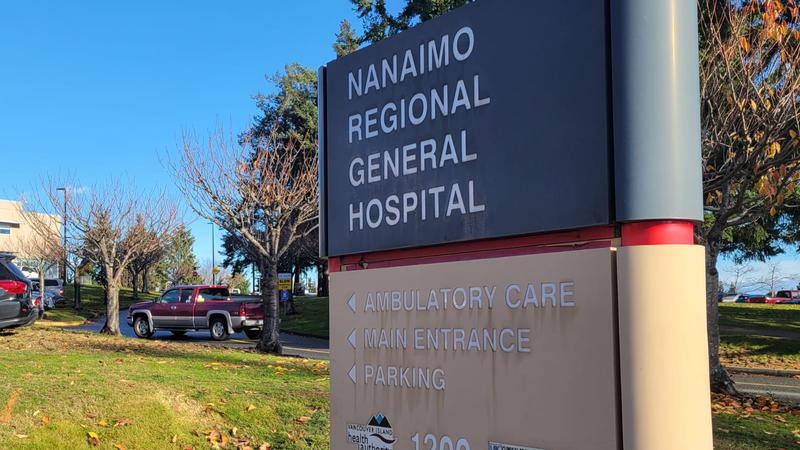
Top Stories of 2023: Major steps forward for healthcare services in Nanaimo
NANAIMO — Despite still only scratching the surface of what’s needed for healthcare on the central Island, 2023 marked a year of significant steps forward for local residents.
The official opening of a new intensive care unit (ICU) at NRGH, combined with continued development of a neighbouring high acuity unit (HAU) headlined the year and meant near constant construction at the hospital.
Provincial officials were on hand at the end of June to mark the opening of the long-awaited 12-bed ICU, which replaced an aging, undersized and outdated facility on site which was once labeled as one of “the most dangerous” facilities of its kind in Canada.
“We heard the needs of people in Nanaimo, and I’m proud that our government responded with a new ICU that provides both a technological upgrade and an expansion in size to provide better healthcare services,” health minister Adrian Dix said at the official opening.



